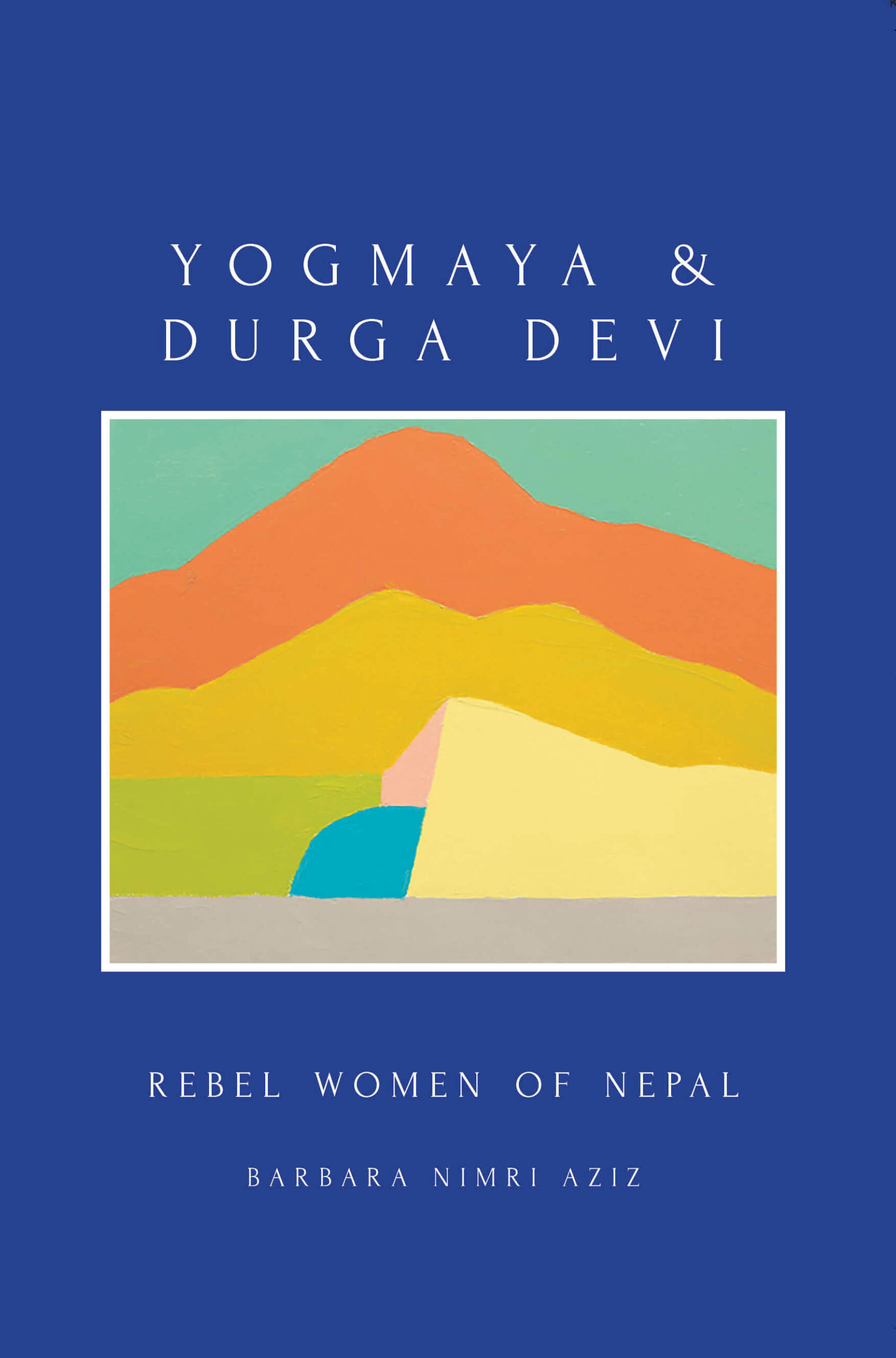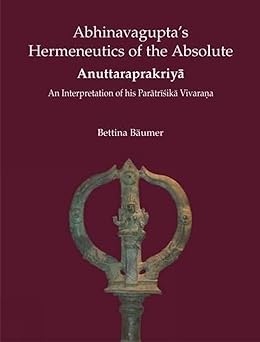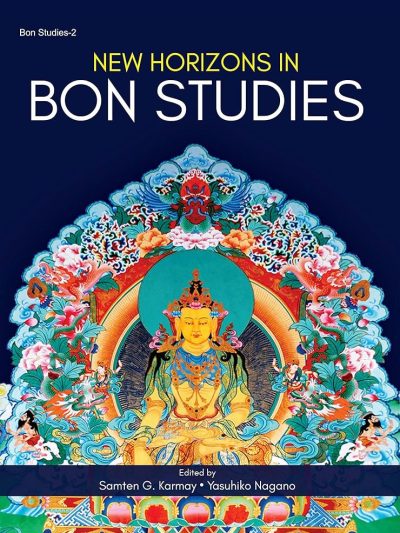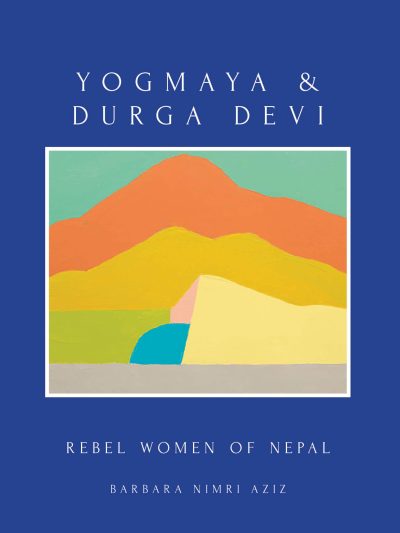Description
Yogmaya and Durga Devi were two champions of justice who emerged from a remote corner of rural Nepal to offer solutions to their nation’s social and political ills. Then they were forgotten.Years after their demise in the mid-20th Century, veteran anthropologist Barbara Nimri Aziz, engaged in ongoing field work in the Himalayas in 1980, uncovered these women’s suppressed histories and brought them to life in these illuminating and accessible biographies. Revelations from the author’s decade of research led to the resurrection of these women who like other revolutionaries and like women activists in general, were vilified in their lifetimes, then obscured. This book captures the daring political campaigns of these rebel women. It reveals the true nature of these leaders’ intelligence, sacrifices, and vision during an era of social and economic oppression in this part of Asia. Building on revelations provided by Aziz’ early scholarly reports, these women’s role in history has now entered into contemporary Nepali consciousness. Moreover, this anthropologist’s original reports, grounded in solid research alongside authentic, semi-fictional portraits of living conditions a half century ago, make this a primary document for others. Yet, many questions remain regarding how these women’s accomplishments might impact policy makers, activists and contemporary feminist thinking today. For example: How do these rebels’ contrasting modes apply to theoretical debates on resistance. How does it apply to a nation where an absolute monarchy only recently emerged into a fledgling democracy. The author’s personal memoir, woven into her authoritative analysis, adds to the book’s value to feminist historians and makes this a highly readable story. An additional feature for readers is the dense web it portrays of gender, caste and class relations that these women were able to break through. This book effectively and engagingly traverses the worlds of history, ethnography, fiction, literary criticism, biography and memoir. In this respect, it will appeal to the general public, writers and cultural historians.







Reviews
There are no reviews yet.